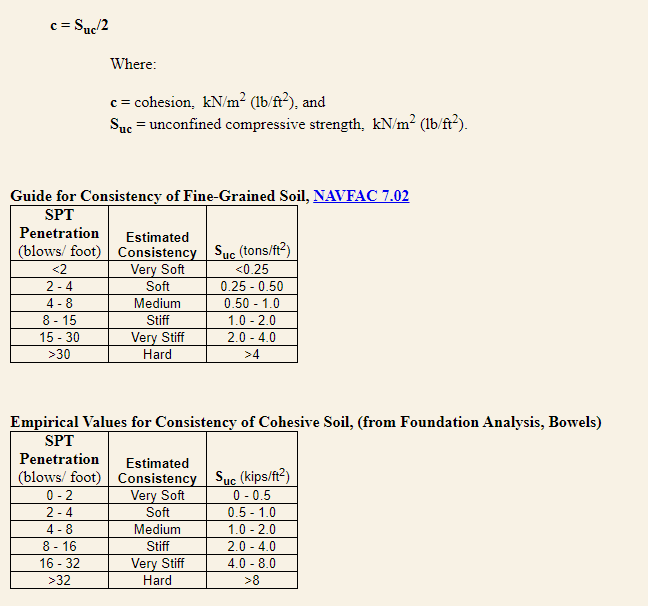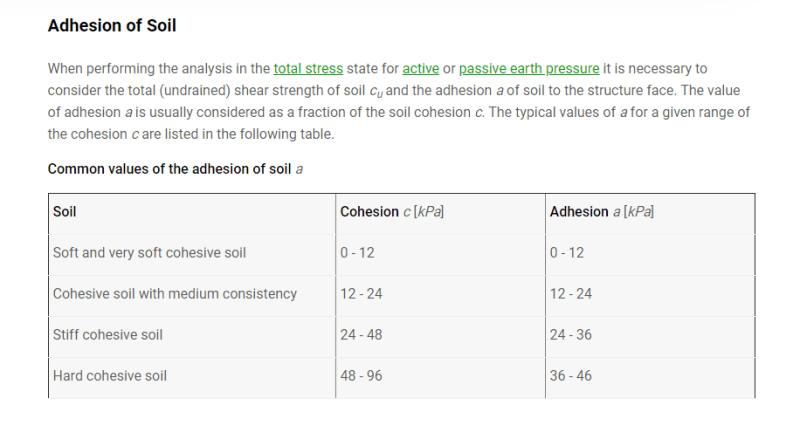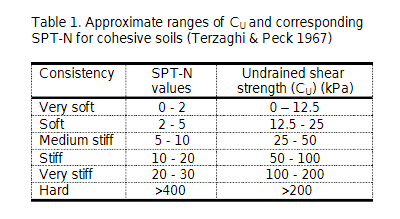I am designing a 4 meters deep basement using 600mm Dia cantilever bored piers. The soil profiles from the soil report are as below.

My question is, do I assume Clayey Clay, EW Basalt and HW Basalt to be cohesive considering there are Cu value provided? If so, what is the wall friction (adhesion) coeff you would suggest?
If I assume them cohesionless the lateral deflection will be around 40mm, which I think is a bit much? (Also do you consider P-Delta for bored pier design when deflection is a bit much?) So I probably need to use ground anchor.
If I assume them cohesive the deflection will be within 10mm without the use of anchors, but I am concern this is an aggressive design?
What do you think?
Thank you.

My question is, do I assume Clayey Clay, EW Basalt and HW Basalt to be cohesive considering there are Cu value provided? If so, what is the wall friction (adhesion) coeff you would suggest?
If I assume them cohesionless the lateral deflection will be around 40mm, which I think is a bit much? (Also do you consider P-Delta for bored pier design when deflection is a bit much?) So I probably need to use ground anchor.
If I assume them cohesive the deflection will be within 10mm without the use of anchors, but I am concern this is an aggressive design?
What do you think?
Thank you.




![[cheers] [cheers] [cheers]](/data/assets/smilies/cheers.gif)